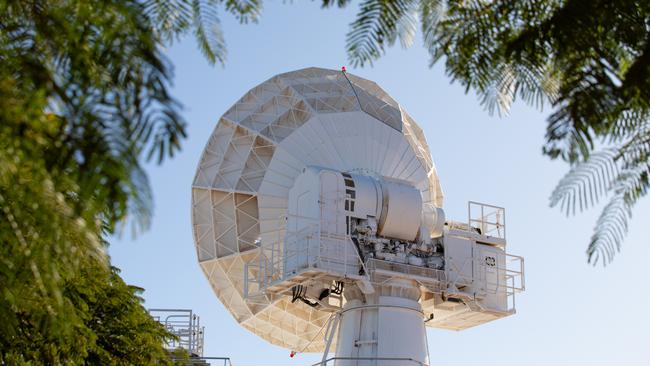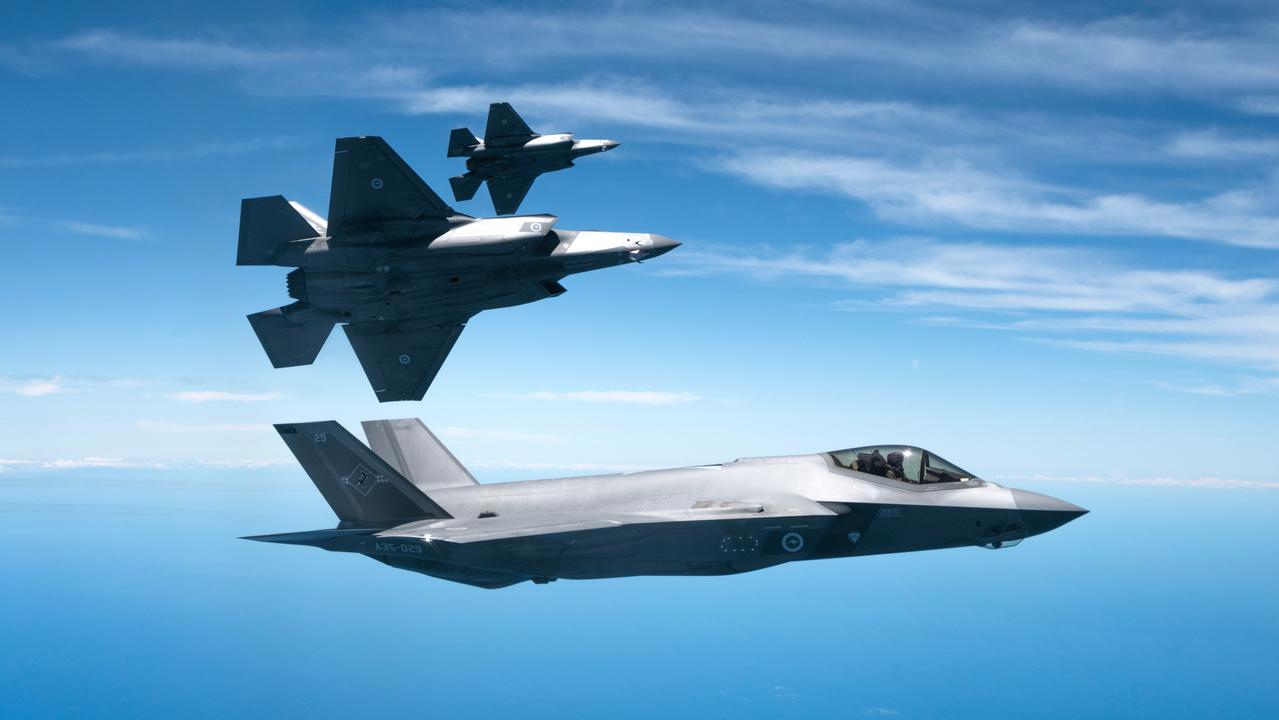Australia’s eye-in-the-sky tech takes a giant leap backwards
The space sector for military planners is growing internationally at a rapid rate, but Australia has just made a giant leap backwards.

Military planners for most advanced nations can agree on a list of critical technology domains – be it artificial intelligence, quantum computing or nanotechnology.
And space is always up there, both for situational awareness and communications security. The sector is growing internationally at a rapid rate, and it is normal for governments to support emerging players until they have gained enough critical mass to be self-sustaining.
That is the normal course of progress – but Australia has just made a giant leap backwards. Because of the May budget, Science Minister Ed Husic had to announce a month later that the National Space Mission for Earth Observation (NSMEO) program had been scrapped, leaving the small local space sector in a state of bewilderment.
Announced by the previous government, the intention was to launch four Australian-made earth observation satellites between 2028 and 2033. Not only would these satellites have been extremely useful in their own right, but they would also have provided local industry with the cash flow to develop critical satellite systems paving the way for more complex space missions – and export opportunities – far into the future.
Having an eye-in-the-sky is militarily useful, and observation satellites are a classic case of dual use technologies. They can be sending real time data about oil spills, crop maturity and water levels while at the same time producing high resolution pictures of what is happening at naval bases and airfields throughout our region of interest.
Chinese, US and French surveillance satellites – to mention a few – are passing regularly over Australia, and NSMEO would have been a small way of returning the favour.
Closer to home, Indonesia has remote sensing satellites, as does Thailand which launched its first domestic satellite more than a decade ago.
The NSMEO budget was just over $1.1bn, which seems a modest investment compared with – for example – giving the US a gift of $3.5bn to subsidise their domestic submarine industry as one of many inexplicable parts of AUKUS.
Perhaps Minister Husic might wish to speak with Defence Minister Richard Marles and ask for some of that money to be spent in Australia instead.
It is also a fraction of the expected $5bn going to US military giant Lockheed Martin to build three communications satellites for us – albeit with some Australian technology, especially in the ground segment – for JP 9102. It is also considerably less than the annual spend by a variety of government agencies for commercial satellite services from a multitude of overseas suppliers.
At least the cancellation of NSMEO has happened at a very early stage, before contracts had been signed and work started. The few defenders of the government’s decision say that the money could be better spent elsewhere, and that the era of large, bespoke satellite programs is over, with everyone moving to flexible, agile solutions from the private sector.
There are a couple of problems with this, most importantly that the money isn’t being redirected – it’s going back into the coffers of Treasury to reduce the national debt. As for the argument that the future is in the hands of the innovators – just tell that to Defence who have decided on a large, very expensive and unique solution for the bulk of their future satellite communications needs.
It is a real shame that launching dead kangaroos into orbit has no value whatsoever, otherwise Australia would be a world leader.


